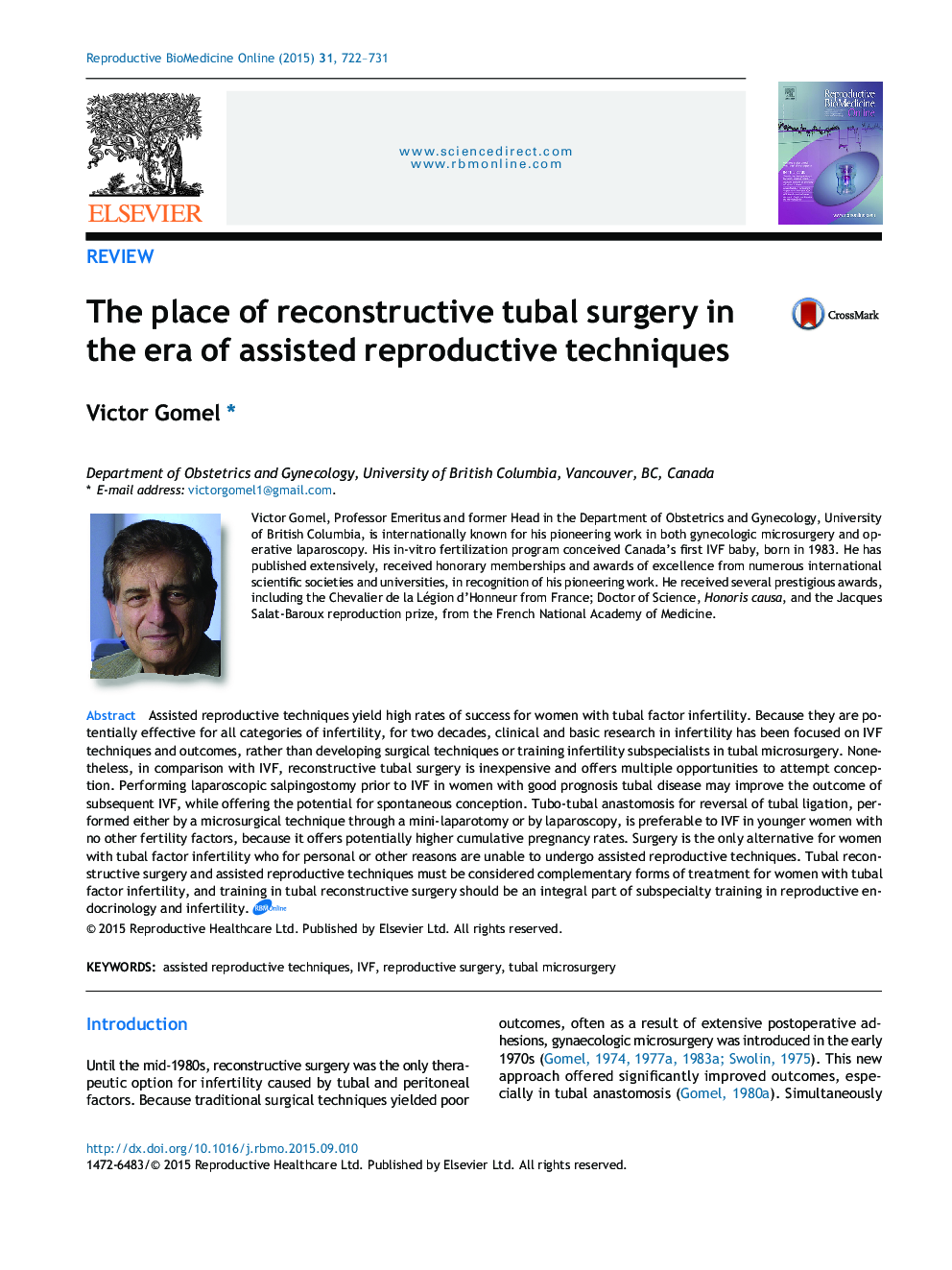| Article ID | Journal | Published Year | Pages | File Type |
|---|---|---|---|---|
| 6188707 | Reproductive BioMedicine Online | 2015 | 10 Pages |
Assisted reproductive techniques yield high rates of success for women with tubal factor infertility. Because they are potentially effective for all categories of infertility, for two decades, clinical and basic research in infertility has been focused on IVF techniques and outcomes, rather than developing surgical techniques or training infertility subspecialists in tubal microsurgery. Nonetheless, in comparison with IVF, reconstructive tubal surgery is inexpensive and offers multiple opportunities to attempt conception. Performing laparoscopic salpingostomy prior to IVF in women with good prognosis tubal disease may improve the outcome of subsequent IVF, while offering the potential for spontaneous conception. Tubo-tubal anastomosis for reversal of tubal ligation, performed either by a microsurgical technique through a mini-laparotomy or by laparoscopy, is preferable to IVF in younger women with no other fertility factors, because it offers potentially higher cumulative pregnancy rates. Surgery is the only alternative for women with tubal factor infertility who for personal or other reasons are unable to undergo assisted reproductive techniques. Tubal reconstructive surgery and assisted reproductive techniques must be considered complementary forms of treatment for women with tubal factor infertility, and training in tubal reconstructive surgery should be an integral part of subspecialty training in reproductive endocrinology and infertility.
